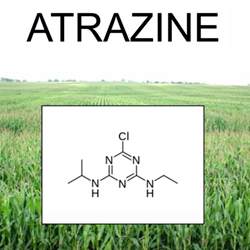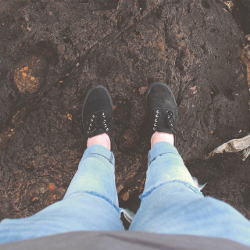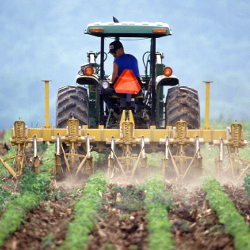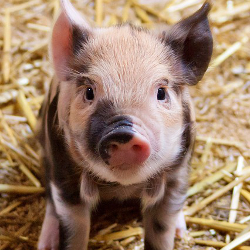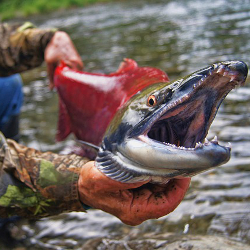If your backup plan is to join Elon Musk on Mars, then read no further.
But if you (or your kids or grandkids) plan to stick around on Planet Earth, take note: The Intergovernmental Science-Policy Platform on Biodiversity and Ecosystem Services (IPBES) reports that land degradation has reached the “critical” stage—and 3.2 billion people could find themselves affected, either by mass migration or wars.
Who’s to blame for the mess we’re in? Industrial agriculture tops the list, according to this IPBES press release:
Rapid expansion and unsustainable management of croplands and grazing lands is the most extensive global direct driver of land degradation, causing significant loss of biodiversity and ecosystem services – food security, water purification, the provision of energy and other contributions of nature essential to people.
Prof. Robert Scholes, co-chair of the study said:
“With negative impacts on the well-being of at least 3.2 billion people, the degradation of the Earth’s land surface through human activities is pushing the planet towards a sixth mass species extinction. Avoiding, reducing and reversing this problem, and restoring degraded land, is an urgent priority to protect the biodiversity and ecosystem services vital to all life on Earth and to ensure human well-being.”
As OCA’s Ronnie Cummins recently wrote, the majority of migrants leave their land for greener pastures—in the literal sense—because the land in their own communities and countries has become too degraded to produce food or sustain livelihoods.
We know how to fix this.
John D. Liu, ecosystem restoration researcher, educator and filmmaker, said in an interview:
“What I’ve noticed is that degraded landscapes are coming from human ignorance and greed. If you change that scenario to one of consciousness and generosity, you get a completely different outcome. And that is where we have to go, where we need to go. We are required to understand this. We have to act now as a species on a planetary scale. This has to become common knowledge for every human being on the planet.”
What can you do? Reduce your consumption. And when you do buy—especially food—choose organic and/or regenerative.
You can also engage by learning more about the Regeneration Movement and getting involved in a Regeneration Alliance.
Read ‘Worsening Worldwide Land Degradation Now ‘Critical’, Undermining Well-Being of 3.2 Billion People’
Read ‘Land Degradation Threatens Human Wellbeing, Major Report Warns’
Watch this video on land restoration
Sign up for the Regeneration International newsletter
Make a tax-deductible donation to Regeneration International












